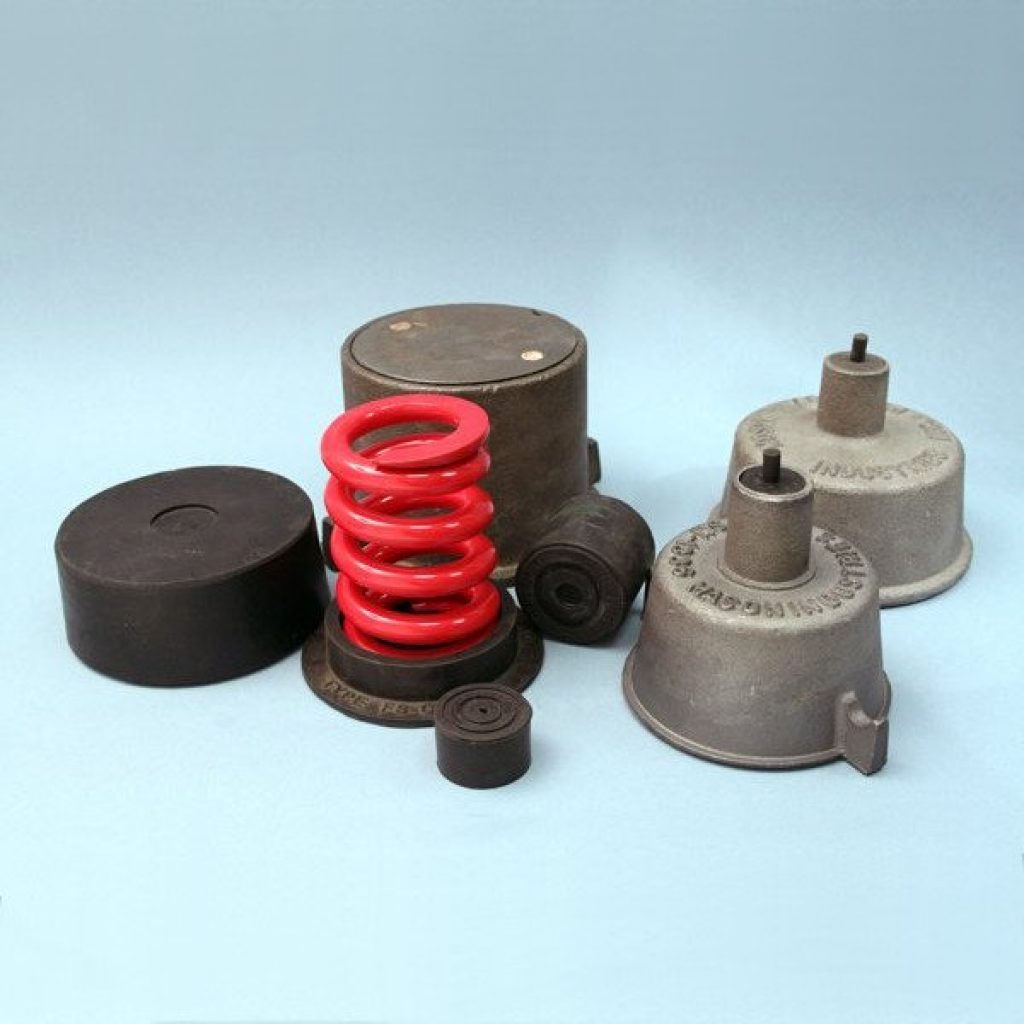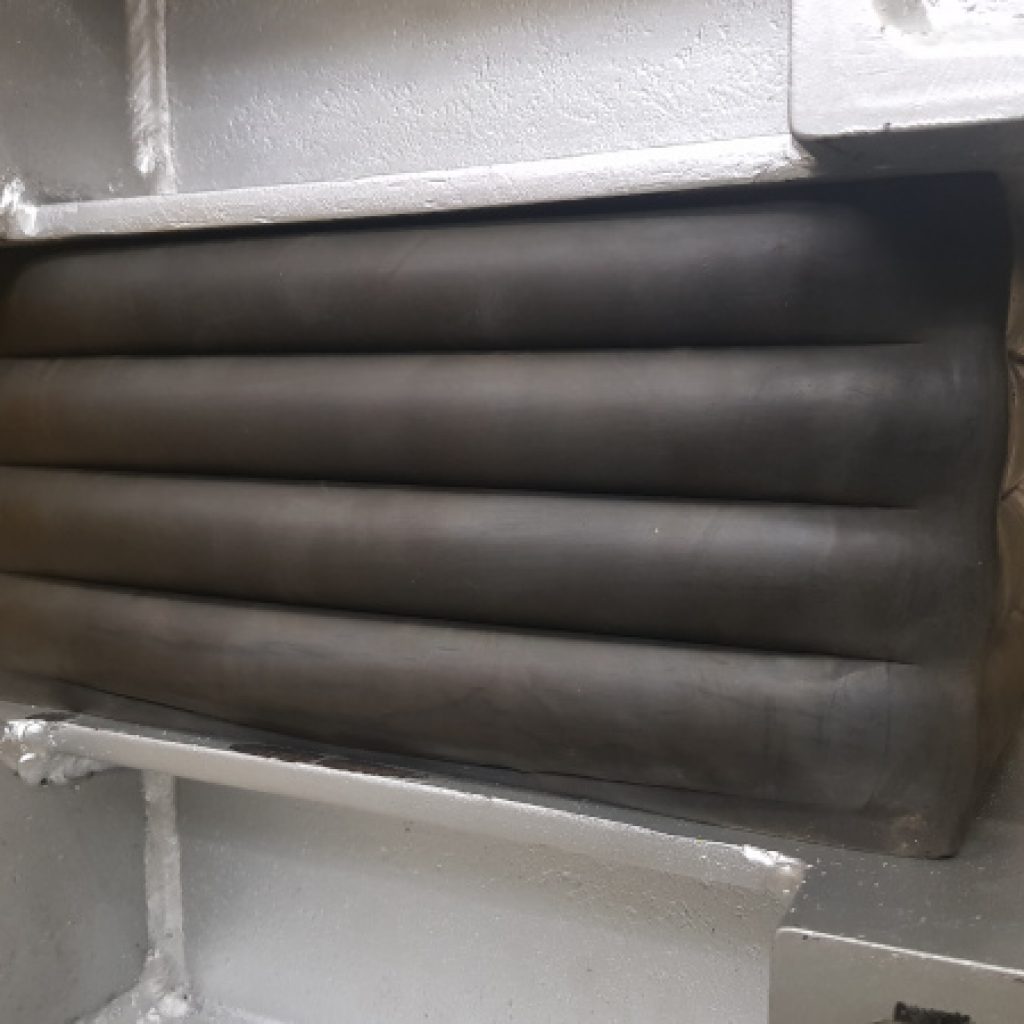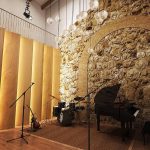Lift Pit & Orchestra Pit Vibration Isolation, Royal Opera House “Open Up” Refurbishment

It has been over 20 years since Mason UK first installed floating floors in the Royal Opera House’s famous Linbury theatre and ballet studios. We were lucky enough to be given the opportunity to work on the recent “open-up” phase of the project.
The multi-million pound project stretched over several years and involved a re-design of the existing foyer as well as a complete refurbishment of the Linbury Theatre. The scope of our works were to inspect the condition of existing jack-up floating floors installed in 1997, determine the suitability of the floors considering new loading conditions introduced by the updated seating structure, and to design and supply bespoke isolation bracing.
Using an endoscope and some strategically drilled holes through the existing concrete floating floor, we were pleased to discover that the bearings and bolts were in good condition from initial construction in 1997 despite the evidence of water ingress.
This was a useful exercise and provides more evidence that the formulation of natural rubber unique to Mason has excellent longevity without losing structural strength via creep or dynamic performance through stiffening.
However, due to new columns being in different locations than before, the existing bearings in these positions had to be decommissioned and in turn replacement bearings were required in the new column locations. A three-stage process followed:
- Certain bearings were decommissioned by winding out the jacking bolt, unloading the bearing below.
- Holes were cored through the floating floor in new column locations, bespoke bearings placed in and an extension sleeves inserted above.
- The new columns are then constructed on top of the sleeves.
The Linbury Theatre also required a new floating floor for the lift pit. This had to be a waterproof system (i.e. no steel or plywood) and had to be designed in accordance with 40kN column loads and 20kN/m wall loads. Mason UK designed and installed a bespoke tensioning assembly under each of the four lift columns in order to preload the lift structure onto the floating floor before the 12m high walls were installed; thus, ensuring the steel structure remained in its correct position.
In addition to the above works, Mason UK also successfully carried out the following during the “Open-Up” project:
- Brand new floating floor in the Orchestra Pit, incorporating a sump pump and drainage channels, heavy column loads and stage lifting equipment, and blockwork walls.
- Lateral and vertical acoustic bracing for the seating structure columns.
The Royal Opera House project is typical of how Mason UK are able to not only provide high quality acoustic solutions, but also able to assist in the design and installation of complex, bespoke arrangements.
If you would like Mason UK to work with you on your project, please contact our friendly team of engineers.
See below for further construction photos.







